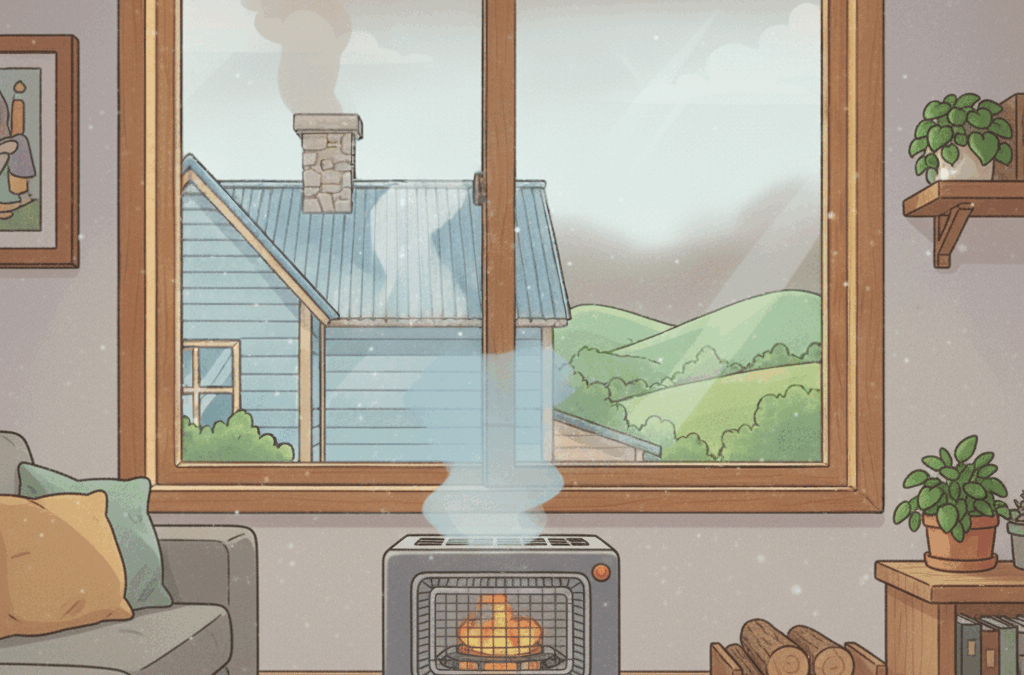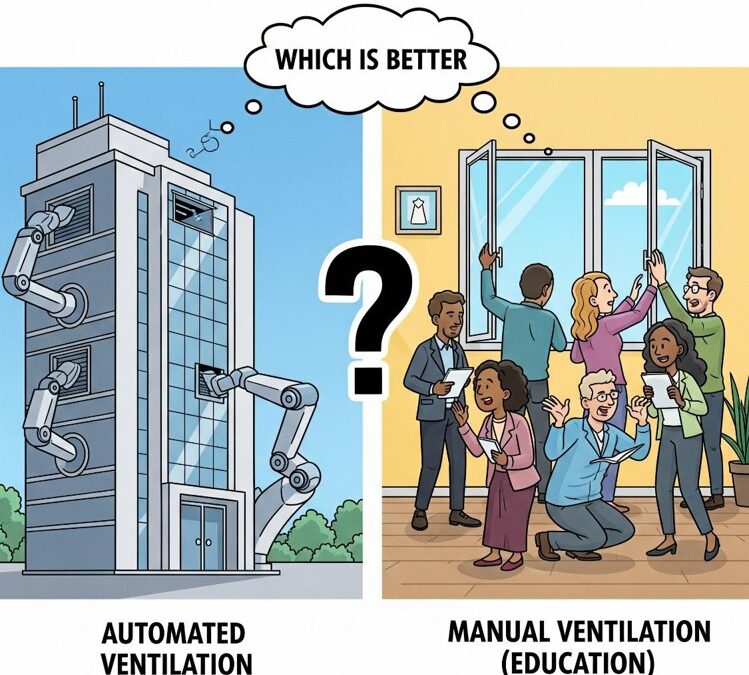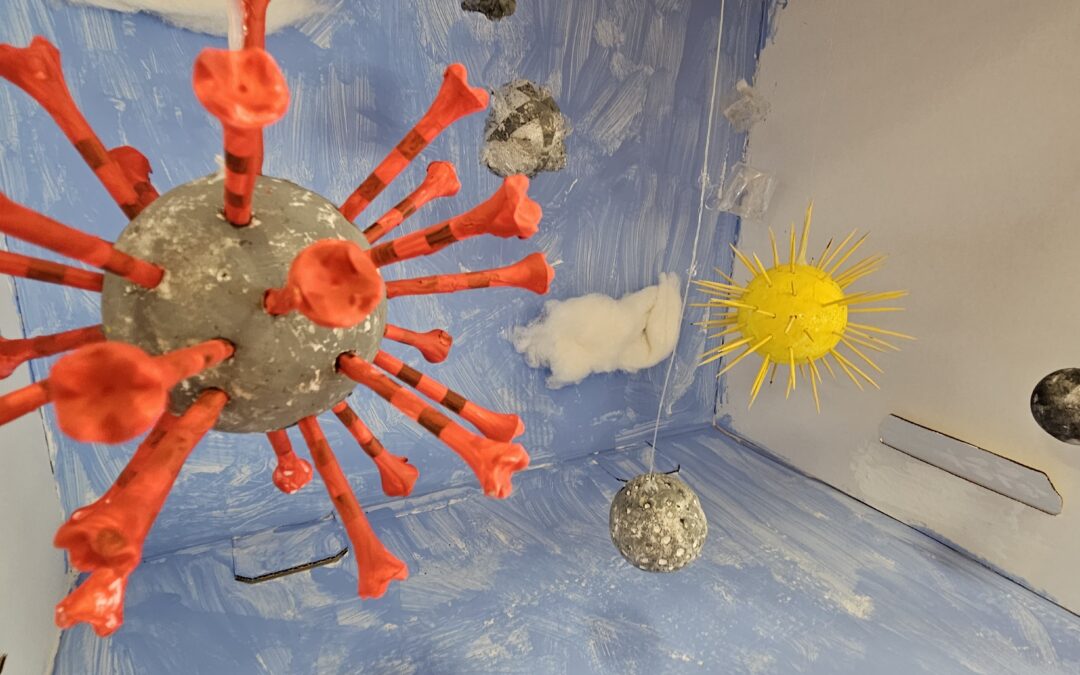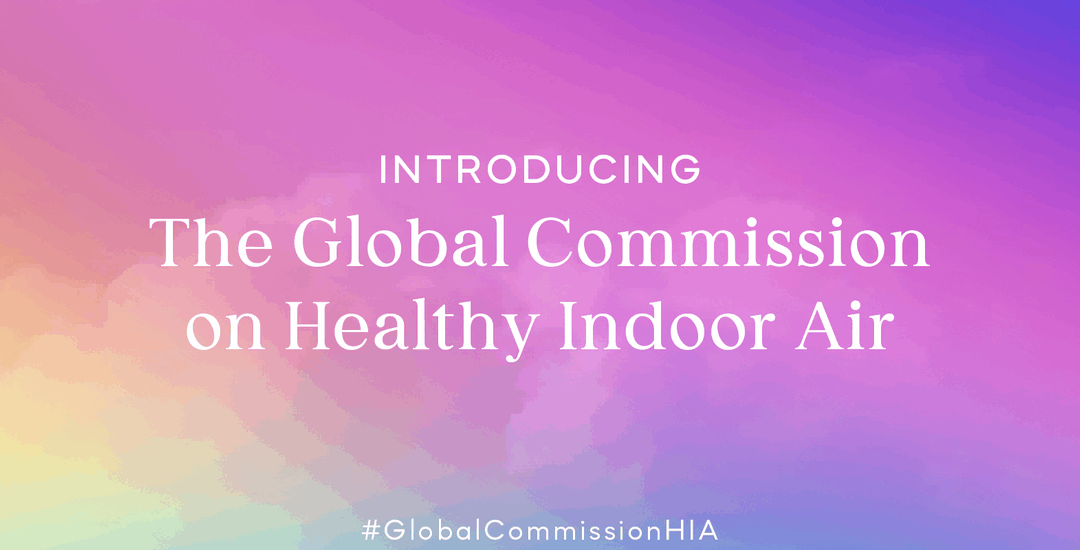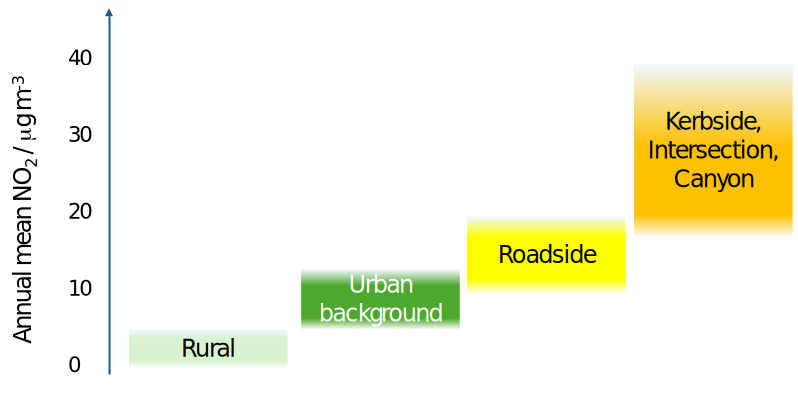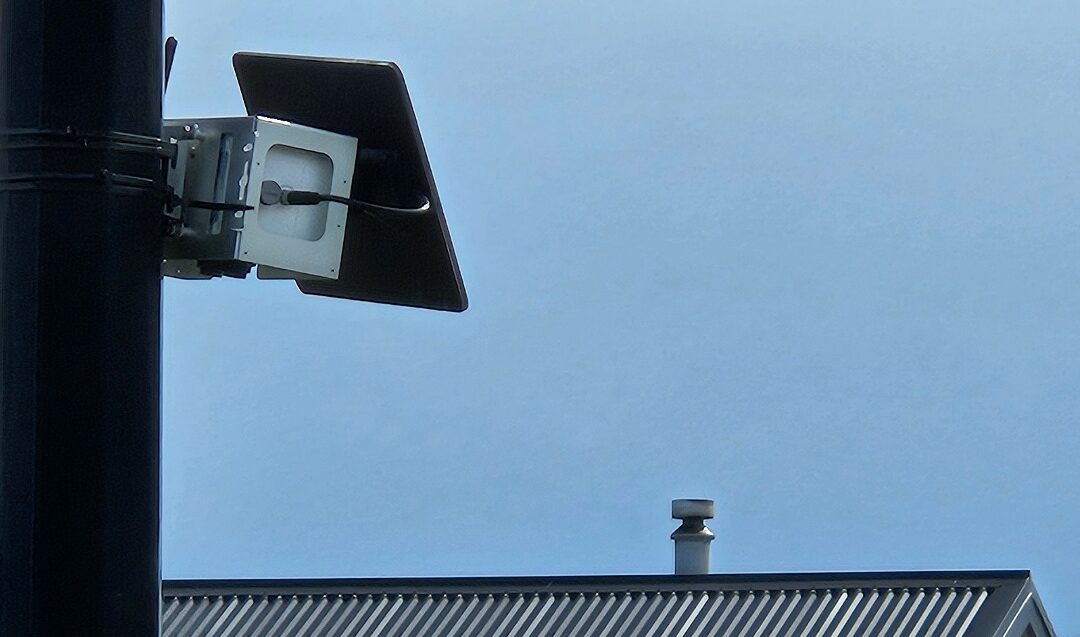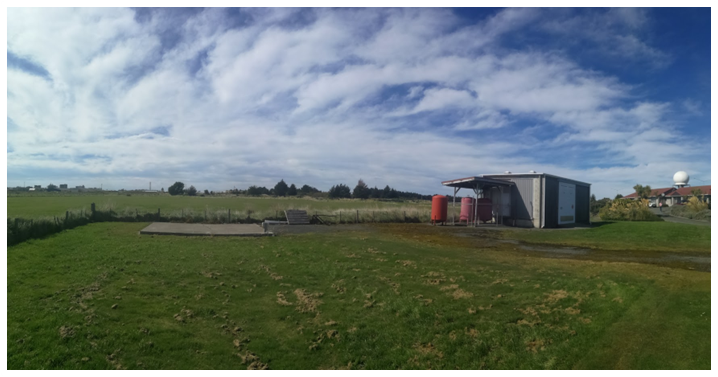We’re very happy to announce we have past the milestone of one year in business.
We were sad to leave NIWA (now undergoing its own transformation into Earth Sciences New Zealand) but set up our company on the week we left.
In a time when budgets have been slashed, adoption of a PM2.5 standard is on hold, we felt we still had something to offer.
And it seems that others agree with us. We’d like to extend our gratitude and appreciation to our clients out there who have helped us hit the ground running, and those who have expressed their support or assisted in various ways.
Our completed projects over the first 12 months have included:
- Reports for Otago Regional Council, Environment Southland and Bay of Plenty Regional Council describing detailed spatial patterns in air quality in Milton, Gore and Rotorua, based on our “AirGrid” sensor networks
- An assessment of the impact of the M4-M8 Link tunnels in air quality in inner west Sydney for Transurban
- A review of the physical basis for airshed delineation for Otago Regional Council
- A report on the “Breathe Auckland” pilot study trialling the use of monitoring backpacks worn by schoolchildren to probe commuting exposure for NZ Transport Agency
- A monitoring plan for Horizons Regional Council exploiting the latest monitoring technologies and approaches
- A review of NO2 trends, and the ability of a network to observe them, for Greater Wellington Regional Council
- Advice on the implementation of “Clean Air Spaces” as refuges from bushfire smoke or air quality emergencies for the NSW government.
Our ongoing projects include:
- The MBIE Smart Ideas research project: Optimizing Next-Generation Climate Model Precipitation Projections for Improved Climate Resilience (led by the University of Canterbury) – read out blog here
- MBIE Catalyst funding for Supporting HALO-South: New Zealand-German Climate Science Collaboration (HALO being the High Altitude LOnge-range Research Aircraft of the German Aerospace Centre (DLR) – read our blog here
- An observational study of outdoor burning impacts in the Alexandra-Clyde basin for Otago Regional Council
- “Air Grid” monitoring with low-cost sensors in Woodville for Horizons Regional Council
- “Community Air Grid” observational investigation, which involves the local high school in air quality mapping for Selwyn District Council
- Comprehensive NO2 sampling and mapping to understand the impacts of urban growth for Selwyn District Council
And we’ve still found time to progress an internal R&D project on assessing and improving air quality in school classrooms, homes and small businesses.
Keep an eye on our blog, LinkedIn or our upcoming newsletter to find out more about these projects.

